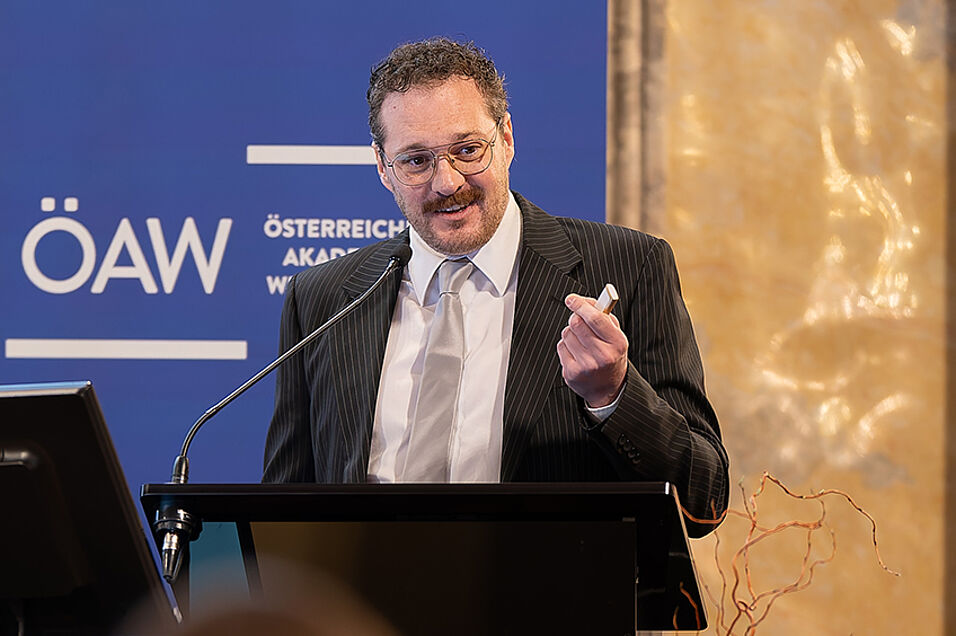Stefan Prohazka from the Mathematical Physics Group worked on the mathematical study and physical applications of symmetries. The universal character of symmetries allowed him to make contributions ranging from asymptotically flat quantum gravity to theoretical solid-state physics.
Symmetries are fundamental to the understanding of physical systems – they simplify complex relationships, enable solutions and lead to conserved quantities. Of particular importance are spacetime symmetries, i.e. those symmetries under which physical theories should be invariant. The classical Galilean symmetries were replaced by the special theory of relativity, but Stefan Prohazka and José Figueroa-O'Farrill were able to show that further consistent space-time symmetries exist. In a first complete classification, they discovered symmetries with unusual properties, such as spacetimes in which particles cannot move. Such symmetries occur both in theoretical models of quantum gravity and in special solid-state systems called “fractons”.
Prohazka and his colleagues were able to establish connections between these two research fields and explain how fracton systems can be described in curved spacetimes. The geometries that arise in these systems do not allow for a universal speed like that of light, which leads to novel effects – for example, a remote test object can be hit twice by a wave. Such phenomena have been described in a generalized way for the first time, including for systems without a universal speed. These findings open up new perspectives in high-energy and gravitational physics as well as in theoretical solid-state physics.
About Stefan
Stefan Prohazka studied technical physics at the Vienna University of Technology and received his doctorate in natural sciences with distinction in 2017, specializing in theoretical physics. He continued his scientific career at the Université libre de Bruxelles in Belgium and then worked as a postdoc at the University of Edinburgh in Scotland from 2020. Since 2023, he has been a member of the Mathematical Physics Group at the University of Vienna, where he was awarded the Good Teaching Prize.

